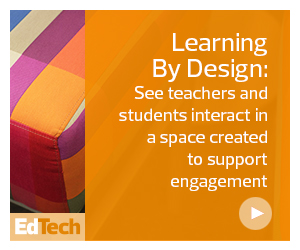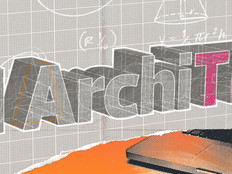Goodman Elementary School is another example of how technology enhances modern learning environments. A tornado destroyed the Missouri school’s buildings in 2017, forcing administrators, staff and students to regroup. That experience influenced the design of the school’s new building, which opened in August 2019 with collaborative spaces, makerspaces, interactive displays and flexible furniture. For more about the new Goodman Elementary, check out our feature, "How K–12 IT Leaders Shepherd Post-Disaster Regrouping."
Administrators hoping to create modern learning environments in their schools should look for technologies, such as virtualization, that create efficiencies, helping to maximize time and money and optimize physical space. Embrace tools such as screencasting, interactive displays, mixed reality and mobile technology to expand learning opportunities beyond a school’s physical walls.
Most important, know that you don’t have to tackle this sort of effort alone. Consult experts who can help translate your vision for a classroom redesign into reality.










